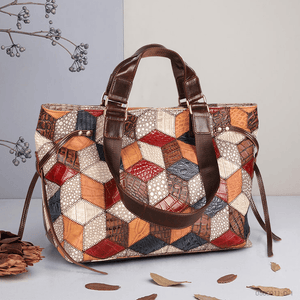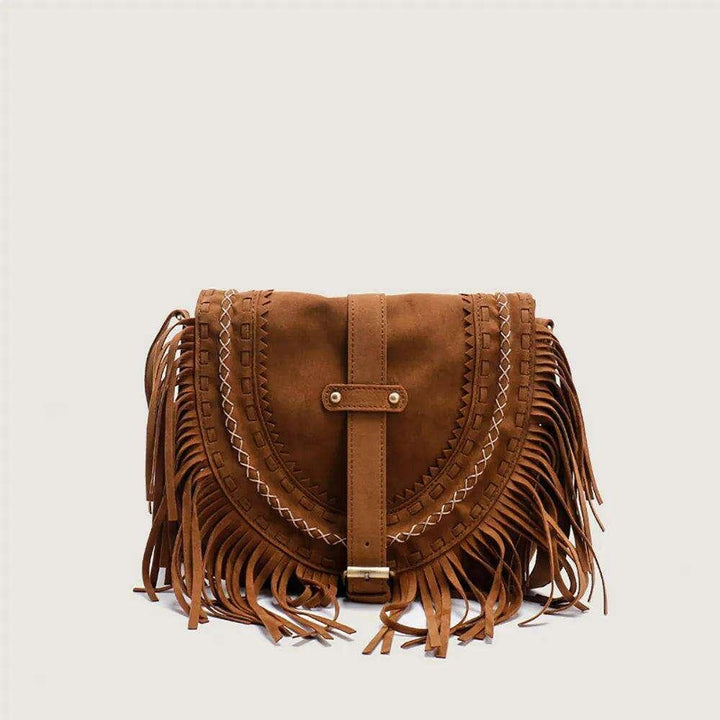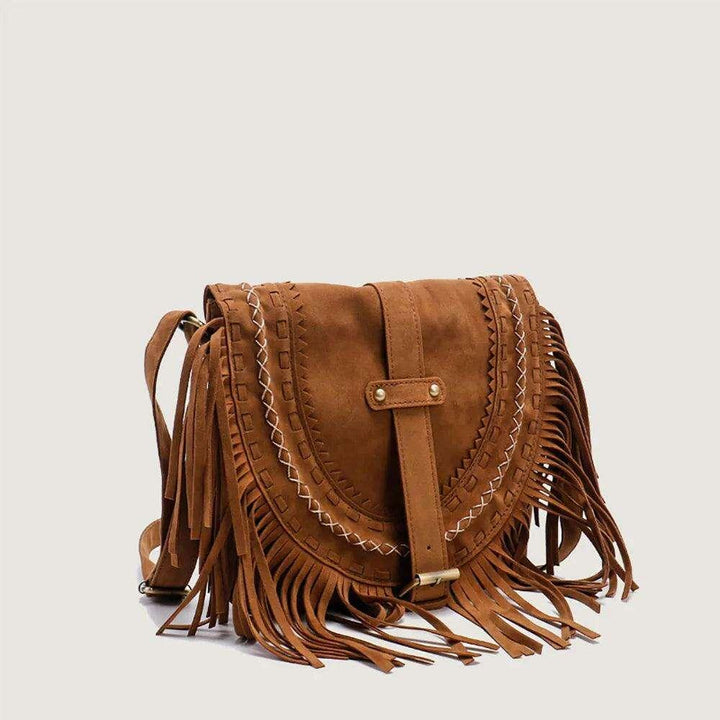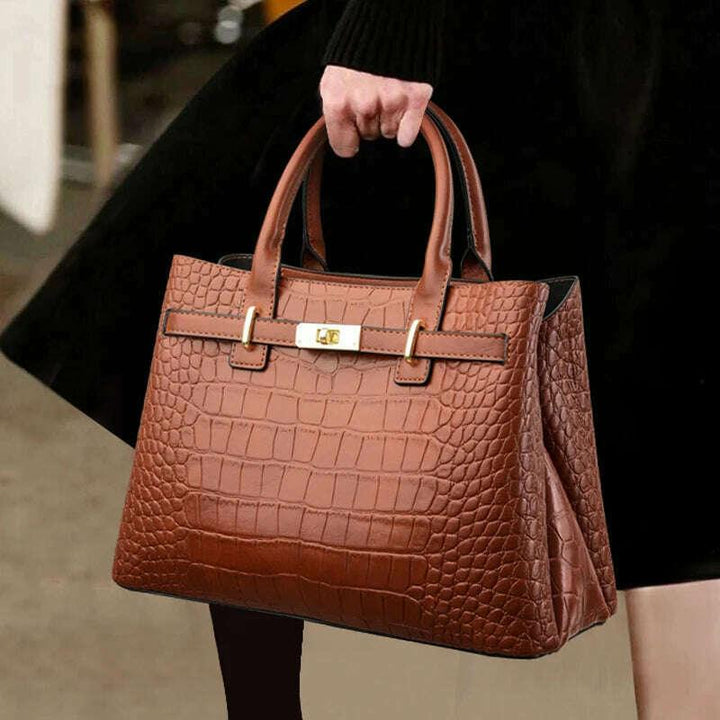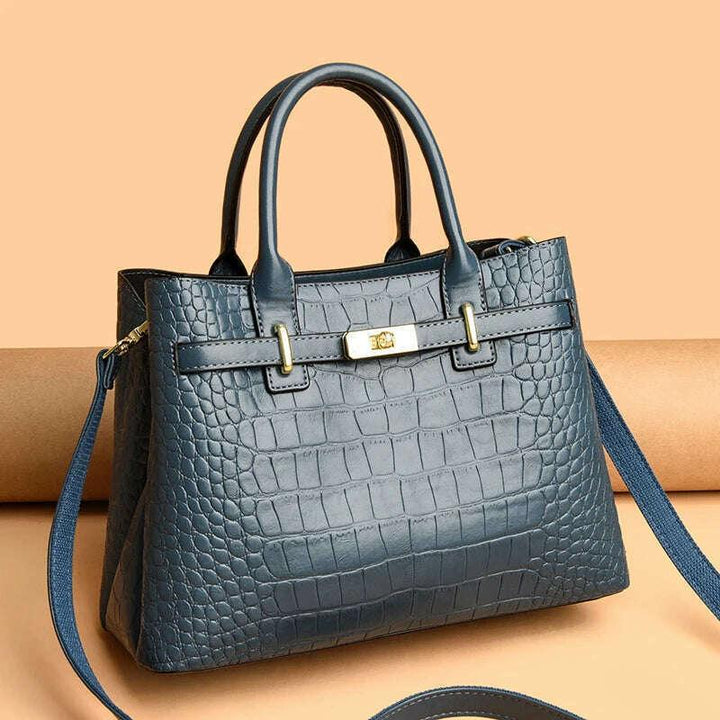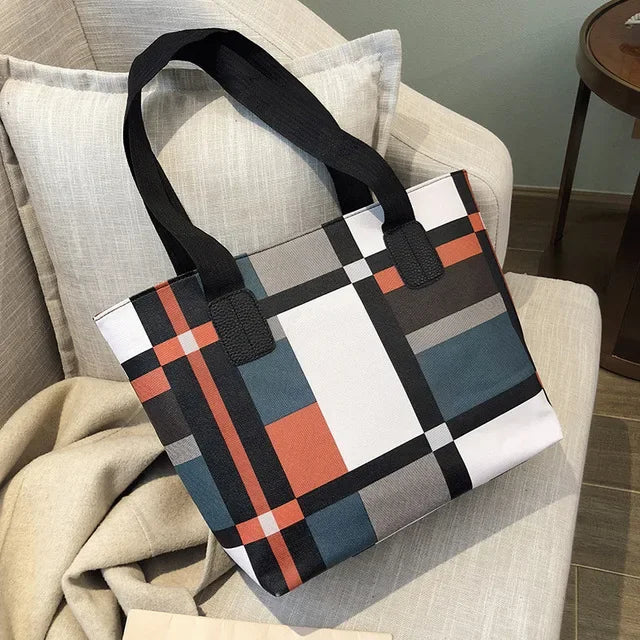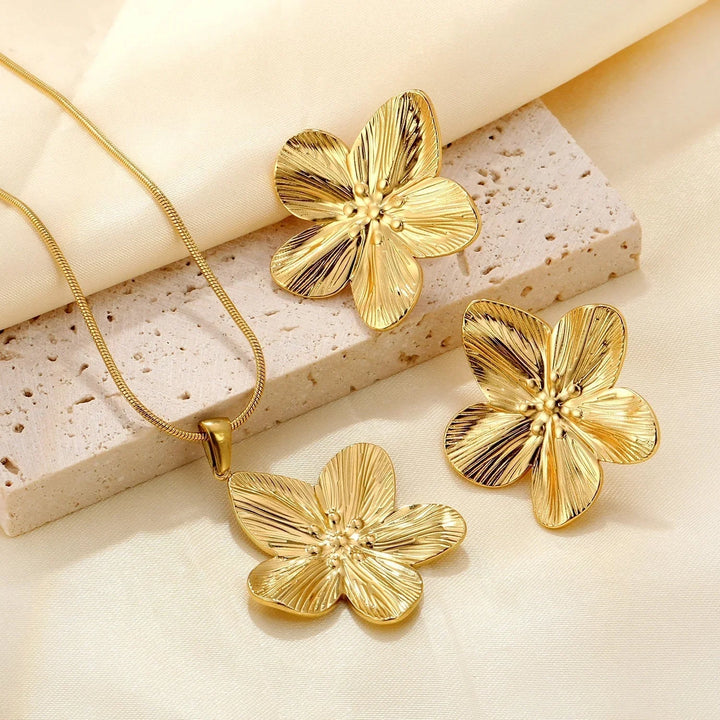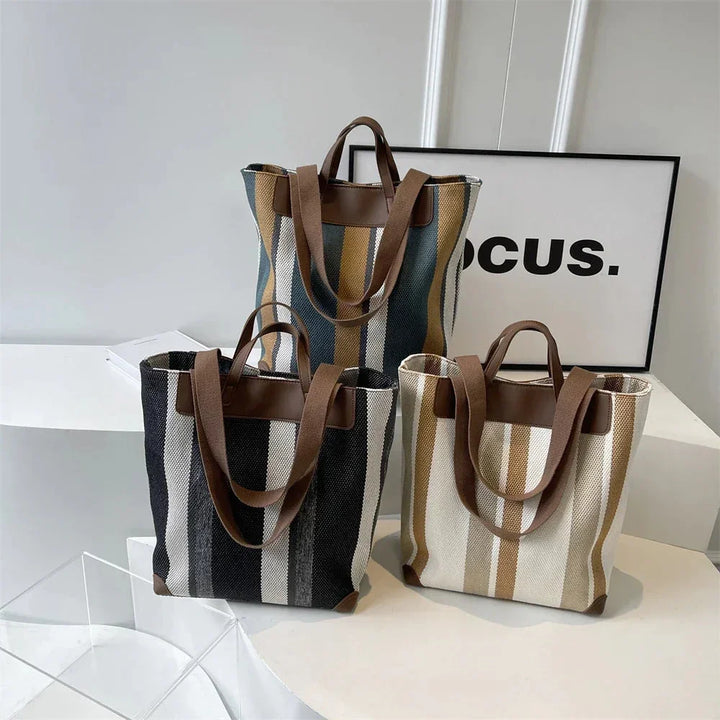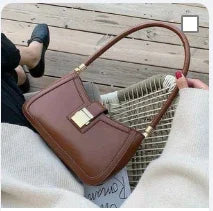Bags are not just fashion accessories; they have become embedded in human culture as cultural symbols, raw materials of lifestyle, and expressions of personal identity. Throughout history, these items have evolved from simple fiber bags to valuable bags and symbols of social status. In this article, we will consider and explore the fascinating world of bags, looking at their history, to their contemporary influence on fashion and popular culture.
Bags in Ancient Times The first levels of bags can be traced back to ancient times, when they were used in the Land of Israel, Egypt, and Mesopotamia. Woven bags and leather bags appeared even then and were used to transport food, tools, and personal items. Over time, these simple bags gave rise to more complex designs and referred to the appearance of magical amulets.
Bags in the Middle Ages and Renaissance During the Middle Ages and Renaissance, bags continued to be an important part of the costume, but their design and function evolved. The middle bags, which were hung from the waist, were also used by both women and men to carry coins, keys, and other personal items. With the advent of the Renaissance, bags became more ornate and the use of luxurious materials such as silk and velvet became more common.
The 19th Century Revolution The 19th century marked the beginning of a revolution in the world of handbags, with the emergence of new styles and materials. During this period, handbags became essential fashion accessories for women in society, with elaborate designs and charming details. The counting machine led to the commercial production of handbags, which allowed a wider audience to access these fashion items. In addition, the use of materials such as leather and metal created high-quality and elegant handbags that became symbols of status and good taste.
Bags in the Era of Brands The 20th century saw the rise of iconic fashion designers who transformed the world of bags into an art form. Coco Chanel, Louis Vuitton and Gucci are just a few of the names who transformed the bag industry with revolutionary designs and quality materials. These designers not only created bags that complemented their fashion collections, but also turned them into symbols of status and luxury. From the classic Chanel padded bag to the iconic Louis Vuitton bag, branded bags have become an integral part of every fashion lover’s wardrobe.
Bags in Pop Culture In addition to their influence on high fashion, bags have also left their mark on popular culture. From their appearance in classic films like Breakfast at Tiffany's to their appearance in modern music and art, bags have been a subject of interest and inspiration in society. Fashion icons like Audrey Hepburn and Lady Gaga have elevated the status of certain bags, making them a must-have item for millions of people around the world. In the age of social media, bags have become symbols of status and lifestyle, with influencers and celebrities showcasing their latest purchases on Instagram and other platforms.
Bags in the 21st Century In the 21st century, bags continue to evolve and adapt to the changing needs and tastes of consumers. Young designers are challenging existing standards with innovative and existing designs, and through the use of advanced materials and ethical manufacturing techniques. In addition, the trend of personality and customization has led to the discovery of personalized bags, where the customer can design their bag to match their personal style and values.
In conclusion, bags are much more than just fashion accessories; they are also symbols of identity, an expression of status, and evidence of the development of culture. From their humble beginnings in ancient times to their popularity today in the digital age, bags are an integral part of history, fashion, and human culture. As witnesses to the development of society and culture, bags remain objects of inspiration and awe all over the world, from the centers of many attractions.



